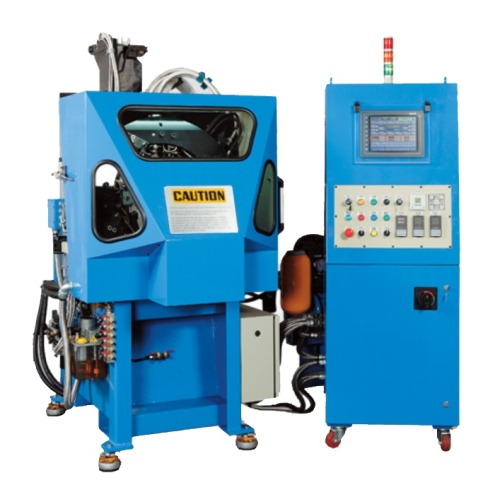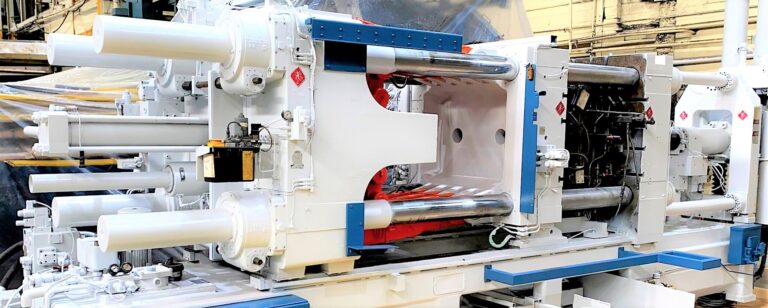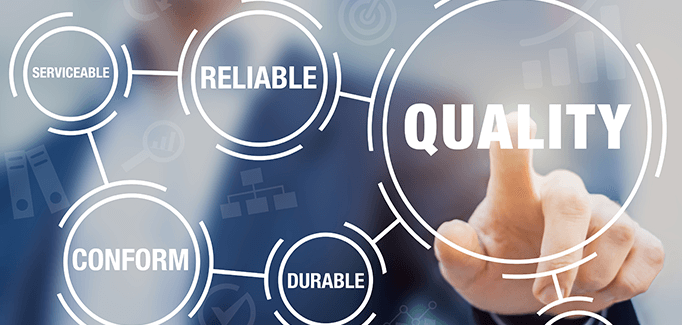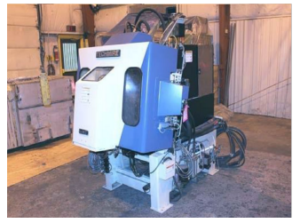To take the deduction for tax year 2019, the equipment must be financed or purchased and put into service between January 1, 2019 and the end of the day on December 31, 2019. To qualify the machines and equipment must be purchased before the end of 2019. We have machines in stock and ready to ship so you can take advantage of this tremendous offer. Click Here for More Details
Beta Die Casting Equipment has partnered with Direct Capital to offer leasing and financing options for clients located within North America. For more than 20 years, Direct Capital has been providing small and mid-sized businesses with fast and easy access to the capital they need to grow and prosper. With a blazing fast online lending platform that delivers 30-day to 7-year financing at competitive prices, Direct Capital has lent $2.25 billion to over 80,000 businesses across a multitude of industries. Calculate your Leasing Options with Direct Capital
Low Cost Leasing or Financing is a Win-Win Option Low monthly payments allow you to have the machines you need NOW without having to wait.
What Are the Benefits? Both leasing and financing dramatically reduce your out-of-pocket expense. Machine ownership is reduced to small monthly payments which are easy to handle and allow you to use your capital to grow your business.
Some Advantages of Leasing vs. Buying:
Manage Budget Concerns: Budget restrictions can limit your ability to invest in newer technology and equipment. Leasing gives you the ability to leverage your buying power while still maintaining budgetary obligations.
Tax Advantages: Payments on leased technology and equipment can often be treated as a 100% pre-tax business expense. while cash purchases are made with after tax dollars.
Avoid Obsolescence: When you finance equipment or technology, your risk of getting caught with obsolete hardware is not a concern because you can upgrade or add-on as your business changes.
Retain Capital Strength: Companies average a 12% return on every $1 of capital retained in the business (e.g. advertising, technology. Therefore, companies should retain cash for opportunities or emergencies by leasing technology and equipment.

















